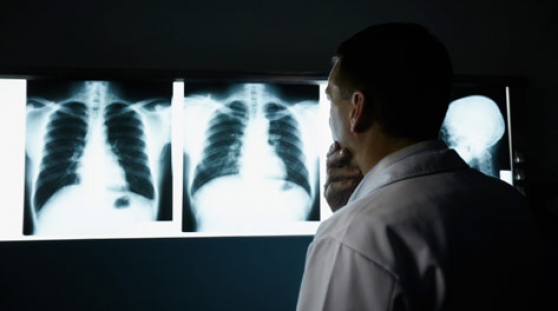Tuberculosis Health Center
Table of Contents

Tuberculosis (TB) is a disease that is spread through the air from one person to another. There are two kinds of tests that are used to determine if a person has been infected with TB bacteria: the tuberculin skin test and TB blood tests.
A positive TB skin test or TB blood test only tells that a person has been infected with TB bacteria. It does not tell whether the person has latent TB infection (LTBI) or has progressed to TB disease. Other tests, such as a chest x-ray and a sample of sputum, are needed to see whether the person has TB disease.
The TB skin test (also called the Mantoux tuberculin skin test) is performed by injecting a small amount of fluid (called tuberculin) into the skin in the lower part of the arm. A person given the tuberculin skin test must return within 48 to 72 hours to have a trained health care worker look for a reaction on the arm. The health care worker will look for a raised, hard area or swelling, and if present, measure its size using a ruler. Redness by itself is not considered part of the reaction.
The skin test result depends on the size of the raised, hard area or swelling. It also depends on the person’s risk of being infected with TB bacteria and the progression to TB disease if infected.
- Positive skin test: This means the person’s body was infected with TB bacteria. Additional tests are needed to determine if the person has latent TB infection or TB disease. A health care worker will then provide treatment as needed.
- Negative skin test: This means the person’s body did not react to the test, and that latent TB infection or TB disease is not likely.
